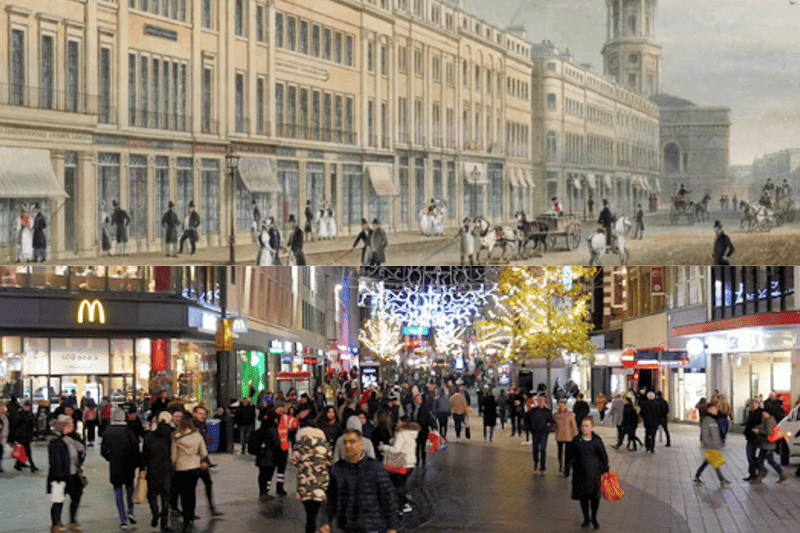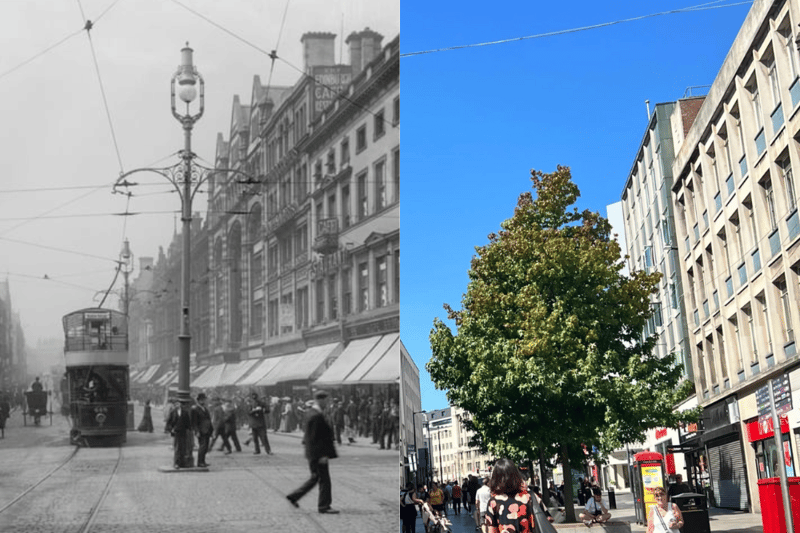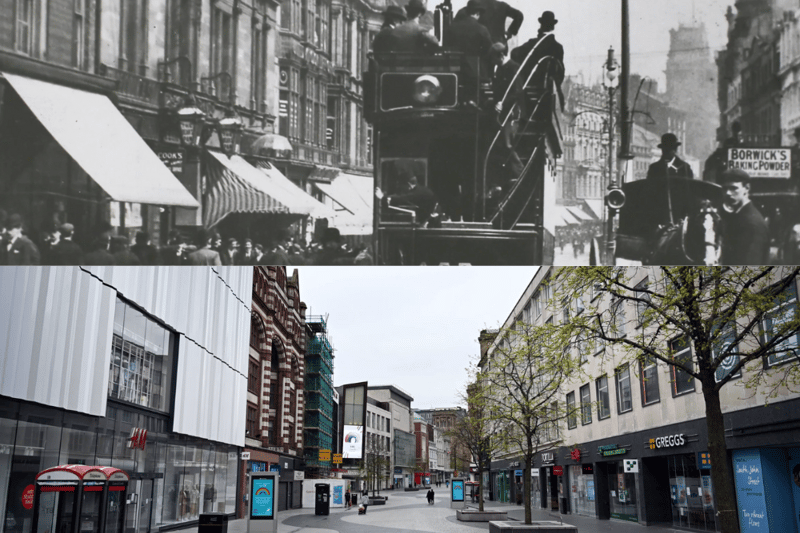Despite being less than 300 metres long, Lord Street is one of Liverpool city centre's busiest shopping streets, home to major retailers such as H&M and M&S, as well as cafes, restaurants and independents.
Laid down in the 1700s, Lord Street - named after Lord Molyneux - instantly became a major street, creating a pathway towards Castle Street and connecting to Paradise Street via a bridge.
Much of the street is unrecognisable due to destruction caused by the Blitz, but some major buildings, such as the old Arcade - once a popular shopping centre - are still in tact.
While the street continues to be a bustling destination offering easy connection to the likes of Whitechapel, James Street, North John Street, Paradise Street and Church Street, it has certainly changed.
Below are a number of comparison pictures showing Lord Street back in the day, and the Lord Street we know and love today.

1. Liverpool Lord Street: Then vs now
The Don clothing store once stood on the corner of Paradise Street and Lord Street. It is now a McDonalds. Photo: London Stereoscopic Company/Hulton Archive/Getty Images/Google Street View

2. Liverpool Lord Street: Then vs now
In the 1800s, people would window shop whilst wearing top hats and petticoats. Now, expect jeans and leggings. Photo: Robert Irving Barrow/David Dixon

3. Liverpool Lord Street: Then vs now
Back in the 1900s, you could ride a tram through Lord Street. Now, the centre of the street features trees and benches. Photo: London Stereoscopic Company/Hulton Archive/Getty Images/Emma Dukes

4. Liverpool Lord Street: Then vs now
One of Liverpool's first tram cars heads down Lord Street in 1902 vs a deserted during the covid-19 lockdown. Photo: AFP via Getty Images/Hulton Archive/Getty Images
